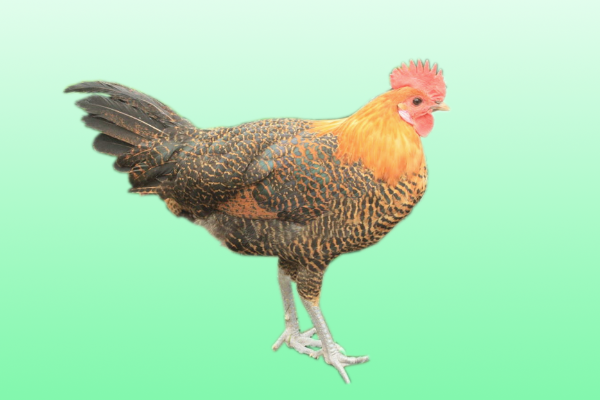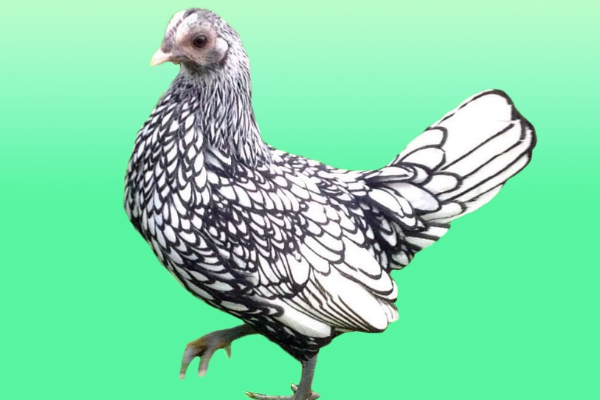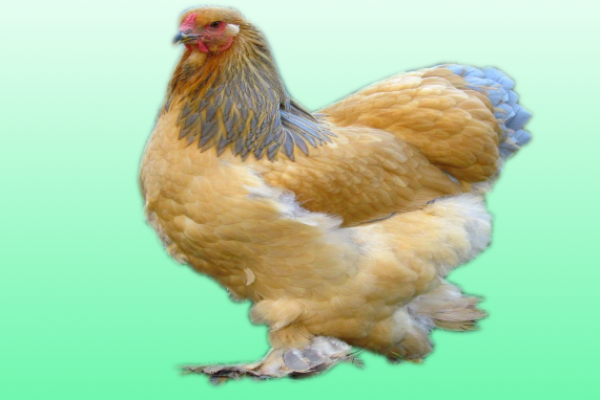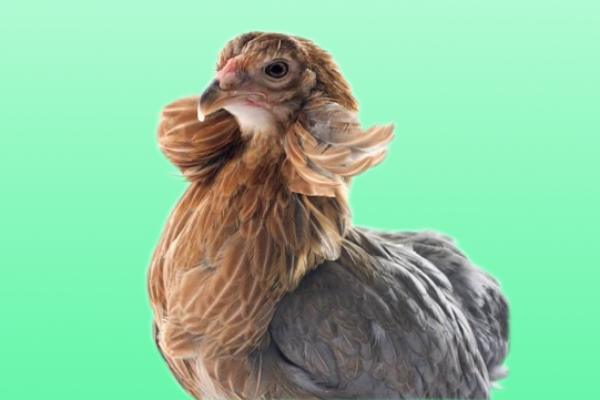Orf (Contagious Pustular Dermatitis)
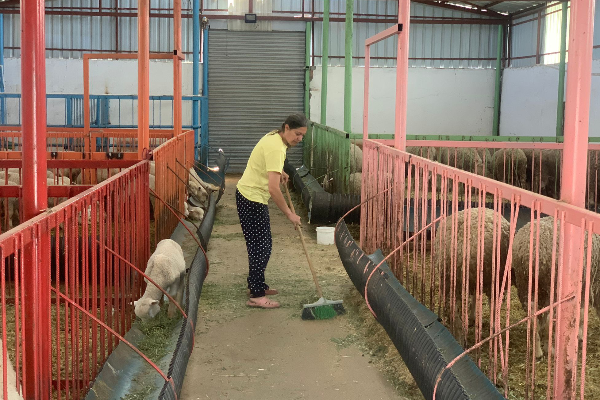
Orf is a highly contagious skin condition, which affects mainly young animals in their first year of life. Other skin conditions can be confused with orf. The more serious outbreaks are generally associated with intensive sheep husbandry where there is a build-up of infection in the buildings. Infection will only establish where the skin or gums have already been damaged. Thus, rough food or pasture may make sheep more prone to infection.
Orf causes production losses due to periods of poor growth in lambs and increased risk of secondary infections. Orf can also infect humans, leading to localised swollen, red areas, which can be painful and on occasions provoke severe systemic reactions.
EARLY SIGNS AND IDENTIFICATION
The typical symptom of orf is scabby lesions around the mouth and nostrils of lambs. These can be extensive and result in serious disease, and on rare occasions, mortality. Infection normally runs a course of four to six weeks and is associated with poor growth during that period. Orf can also affect other parts of the body, particularly the teats of ewes and lower legs of lambs. Ewes with infected udders may refuse to let lambs suckle and have an increased risk of developing mastitis.
There is no practical method of killing the virus once it has infected the animal. However, the use of topical antibiotic spray and injection in severe cases, as agreed in the health flock plan, will minimise the risk of affected animals developing secondary bacterial infections.
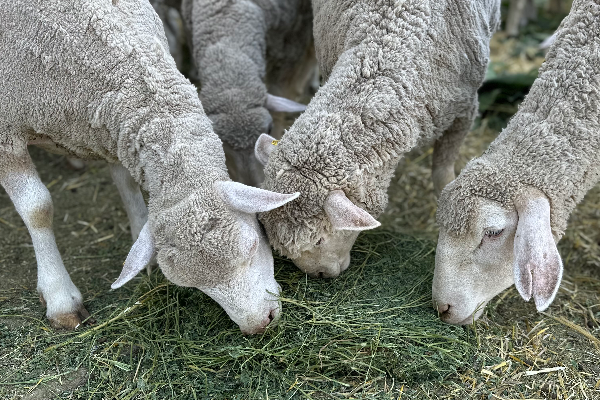
Attention to feeding may prevent weight loss in lambs having difficulty sucking and pain relief should be provided to severely affected lambs. The virus will survive outside through winter, though not in wet conditions. Cleaning and disinfecting buildings, especially wooden structures, is important in controlling orf as it can persist in buildings for many years.
There is an effective vaccine available, consisting of viable organisms that may contribute to the environmental pool of infection. The vaccine should be applied
to ewes eight weeks before lambing and the ewes should be kept away from the lambing area until the scabs are shed. Vaccinated ewes do not pass immunity on to their lambs, so lambs should be vaccinated shortly after birth, usually as they are turned out. In no circumstances should the vaccine be used on farms that do not have a problem with orf.

Written by
H Cetin KATIRCI
Online ShepherdBreedsMore
IllnessesMore
Forage cropsMore
![]() Патологическая физиология голодания Arina TARAN
Патологическая физиология голодания Arina TARAN![]() Дефицит фосфора (гипофосфатемия) Hipofosfatemi Arina TARAN
Дефицит фосфора (гипофосфатемия) Hipofosfatemi Arina TARAN![]() Какие бывают кормораздатчики для ферм КРС? Irina Makarova
Какие бывают кормораздатчики для ферм КРС? Irina Makarova![]() Кормушки для овец Diana Myakisheva
Кормушки для овец Diana Myakisheva![]() Питание домашних коз: что едят, виды корма и правила кормления Alina Arslantürk
Питание домашних коз: что едят, виды корма и правила кормления Alina Arslantürk![]() Важность минералов питании сельскохозяйственных животных Irina Makarova
Важность минералов питании сельскохозяйственных животных Irina Makarova



